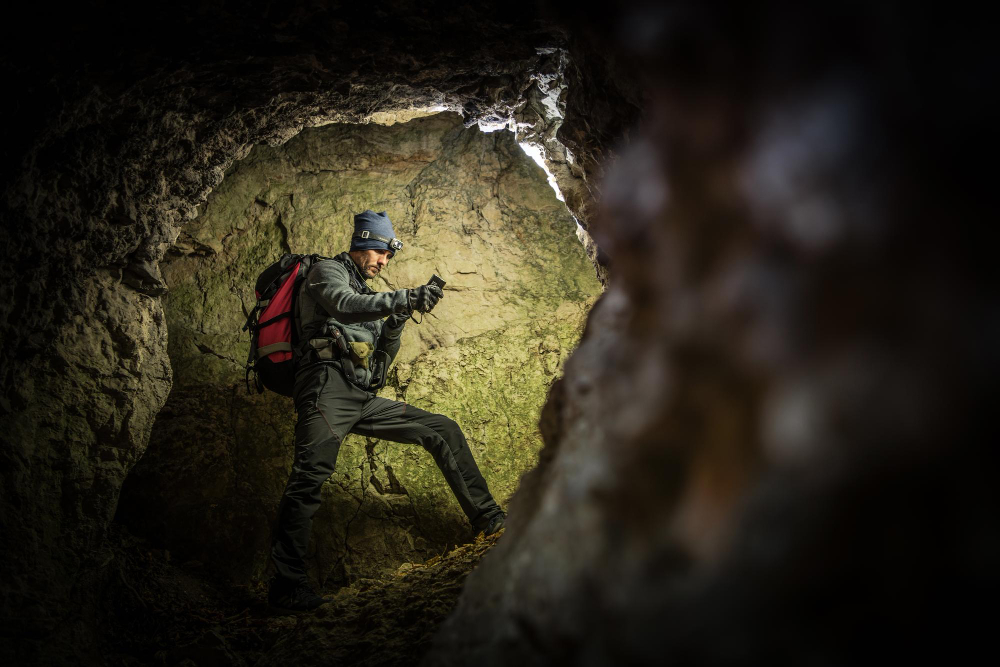Cave-ins are one of the most significant hazards faced by workers in underground environments such as mines, tunnels, and excavations. These sudden collapses of soil, rock, or other materials can result in serious injuries or fatalities if proper precautions are not taken. To mitigate the risk of cave-ins and ensure the safety of workers, various protection methods are employed. In this article, we’ll delve into the three main protection methods used to safeguard against cave-ins and explore their effectiveness in preventing accidents and preserving lives.
Sloping: Shaping the Terrain for Safety
Sloping is a fundamental protection method used to minimize the risk of cave-ins by gradually angling the sides of an excavation away from the excavation area. This gradual incline helps stabilize the soil or rock surrounding the excavation, reducing the likelihood of collapse. The angle of the slope is determined based on factors such as soil type, moisture content, and excavation depth, with steeper slopes typically required for more unstable conditions. Sloping is an effective and relatively straightforward method of protection, providing a stable and secure environment for workers to operate safely.
Shoring: Building Support Systems
Shoring involves the installation of support systems within an excavation to prevent cave-ins and provide structural stability. Support systems, such as timber, steel, or aluminum props, beams, and planks, are strategically placed to reinforce the walls and ceiling of the excavation, preventing soil or rock from collapsing inward. Shoring systems can be temporary or permanent, depending on the duration and nature of the excavation work. Properly designed and installed shoring systems are essential for ensuring the safety of workers and minimizing the risk of cave-ins in hazardous environments.
Shielding: Providing Enclosed Protection
Shielding is a protection method that involves the use of prefabricated trench boxes, shields, or other structural barriers to enclose the excavation area and protect workers from cave-ins. These shields are typically made of steel or aluminum and are designed to withstand the pressure exerted by soil or rock, providing a safe working space within the excavation. Shielding systems are particularly useful in situations where sloping or shoring is impractical or insufficient to prevent cave-ins, such as in deep or unstable excavations. By providing enclosed protection, shielding systems offer a high level of safety and peace of mind for workers.
Empowering Workers with Knowledge
In addition to physical protection methods, training and education play a crucial role in preventing cave-ins and ensuring the safety of workers. Proper training in excavation safety practices, hazard recognition, and emergency procedures empowers workers to identify potential risks and take appropriate measures to mitigate them. By raising awareness of the dangers associated with cave-ins and providing workers with the knowledge and skills needed to respond effectively, training and education contribute to a culture of safety and accountability in underground environments.
Maintaining Vigilance
Regular monitoring and inspection of excavation sites are essential for identifying potential hazards and ensuring compliance with safety regulations. Qualified personnel should conduct thorough inspections of excavation sites before work begins, as well as ongoing monitoring throughout the duration of the project. Monitoring techniques may include visual inspections, soil testing, and the use of specialized equipment to detect changes in ground conditions. By maintaining vigilance and promptly addressing any issues that arise, employers can minimize the risk of cave-ins and protect the well-being of their workers.
Safeguarding Lives Through Vigilance and Preparation
In conclusion, cave-ins pose a significant risk to workers in underground environments, but with the right protection methods and practices in place, these hazards can be effectively mitigated. Sloping, shoring, and shielding are three main protection methods used to defend against cave-ins, each offering unique advantages and applications. Additionally, training and education, along with monitoring and inspection, play vital roles in maintaining a safe working environment and preventing accidents. By prioritizing safety and implementing comprehensive protection measures, employers can safeguard the lives and well-being of their workers in underground settings.


